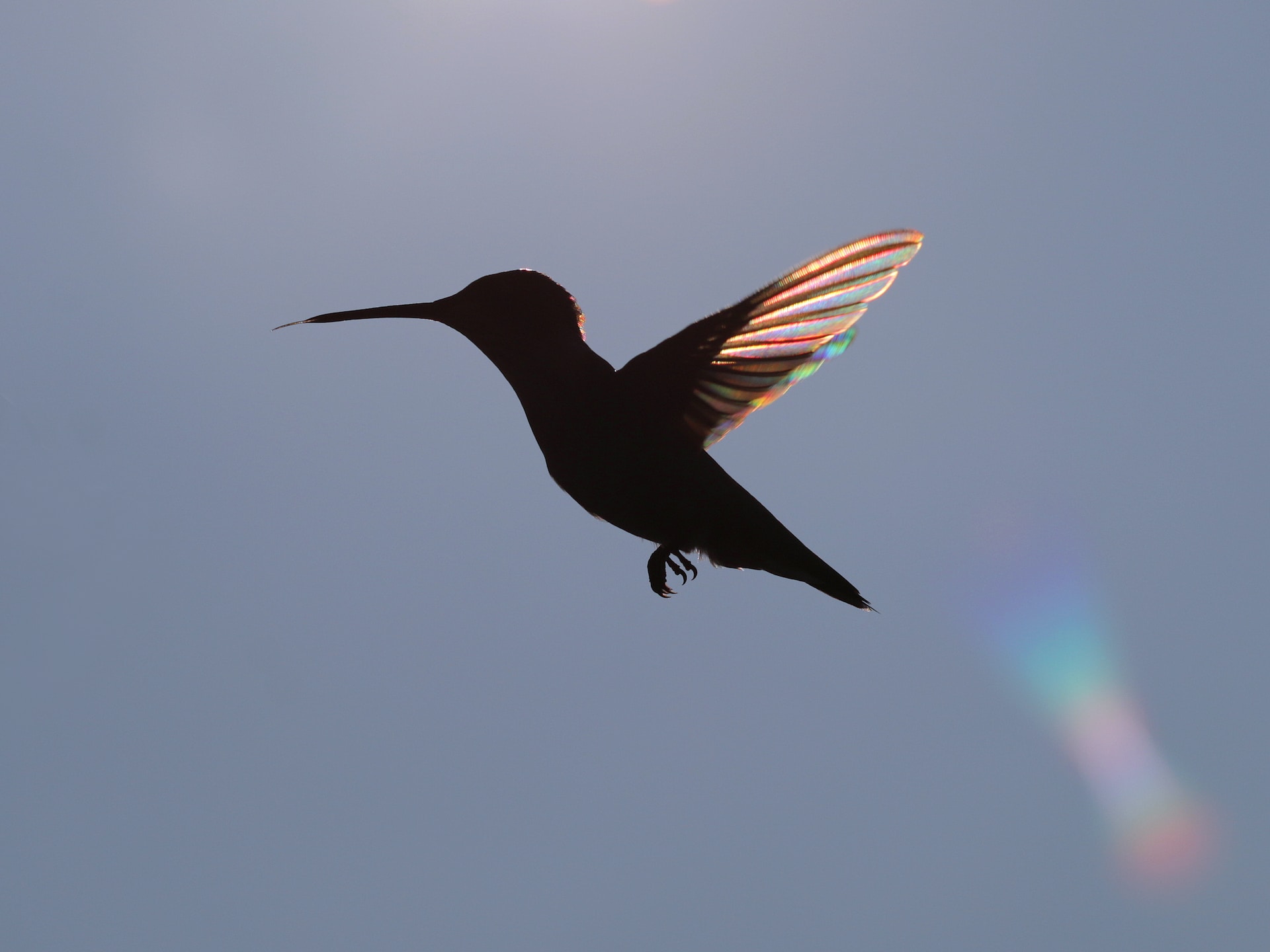As a nature photographer, one of the most rewarding subjects to capture is the enchanting hummingbird. With their frantic wing-flaps, vibrant colors, and the precision with which they hover, hummingbirds make for captivating photographs. However, photographing these small and fast-moving creatures can challenge even the most experienced photographers. To help, here are six key tips to create the perfect hummingbird photography setup.
Choice of Location
Selecting a fruitful location is crucial for successful hummingbird photography. Natural habitats frequented by these tiny avians should be your best bet. Choosing places close to hummingbird feeders or blooming flowers ensures regular visits – presenting excellent opportunities to capture incredible shots. So, spend some time observing your prospective locations to ensure that hummingbirds frequent them. Equipping yourself with a bit of hummingbird behavior knowledge can also prove beneficial in this endeavor.
Ideal Equipment
Next, let’s talk about gear. A DSLR or mirrorless camera paired with a good telephoto lens (300mm or more) is ideal. Fast lenses (with a wide aperture) can help you capture these fast-moving creatures in detail. A tripod can also prove beneficial for fixed compositions and reducing camera shake. External flashes with high-speed sync are other great additions. But remember, the culmination of your skills, knowledge, and intuitive feel for the moment matters more than expensive equipment alone.
Using the Right Settings
Fast shutter speed is indispensable for freezing the wingbeat of a hummingbird, which can beat at up to 70 times per second. Therefore, a shutter speed of at least 1/1000th of a second is required. However, often you’ll need to use even faster shutter speeds, like 1/2000th or 1/4000th, depending upon the available light. An appropriately wide aperture helps to achieve the desired shutter speed while keeping the hummingbird sharply focused against a pleasingly blurred background.
The Role of Light
Lighting is one of the most critical aspects of photography and capturing hummingbirds is no exception. Exposing for the hummingbird can often leave the background quite dark, especially under a broad daylight sun. Here, adding some fill-flash can help balance the exposure, highlighting the iridescent detail of their feathers without overly darkening the background. Sunrise or sunset times are perfect for soft, directional light with a golden glow.
Attracting Hummingbirds
Getting the birds to your chosen spot can be challenging. Setting up hummingbird feeders can attract these tiny birds. Additionally, incorporating native flowering plants into your garden that hummingbirds love can also draw them in. It’s important to keep the feeders clean and filled with fresh nectar. Remember, the key is to create a natural, comfortable, and enticing environment for them to visit, feed, and hopefully hover for a while.
Patience and Practice
Lastly, patience and practice make for perfect captures. Hummingbirds are fast and unpredictable. Spending time watching and understanding their behavior helps anticipate their movements, perfecting your timing to click at the right moment. Persistence, coupled with healthy respect for these little creatures, will help you capture their beauty in full flight. Remember, the journey is as rewarding as the stunning photographs you’ll ultimately achieve.
<small>Image source: https://unsplash.com/photos/black-and-red-bird-flying-o9fFH9jYVYU </small>

